How brick is mined in Karaba, Burkina Faso
Categories: Africa | Design and Architecture | Nations | Nature | People | Photo project | Production | Society | World
By Vika https://mail.pictolic.com/article/how-brick-is-mined-in-karaba-burkina-faso.htmlBricks are usually molded from clay, but in Karaba, a small African village in southwestern Burkina Faso, bricks are quarried right from the hill. This hill is laterite, a rock rich in iron and aluminum.
14 PHOTOS
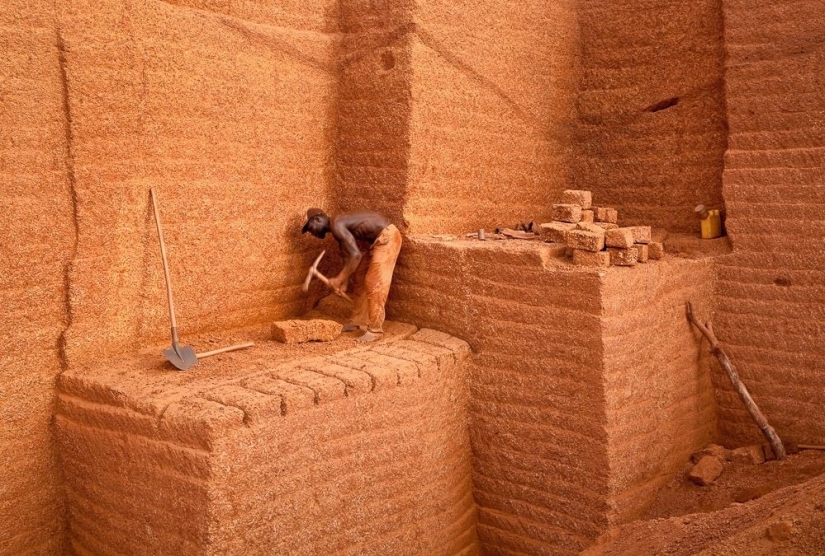
1. Historically, the laterite soil was broken into brick blocks and used in construction.
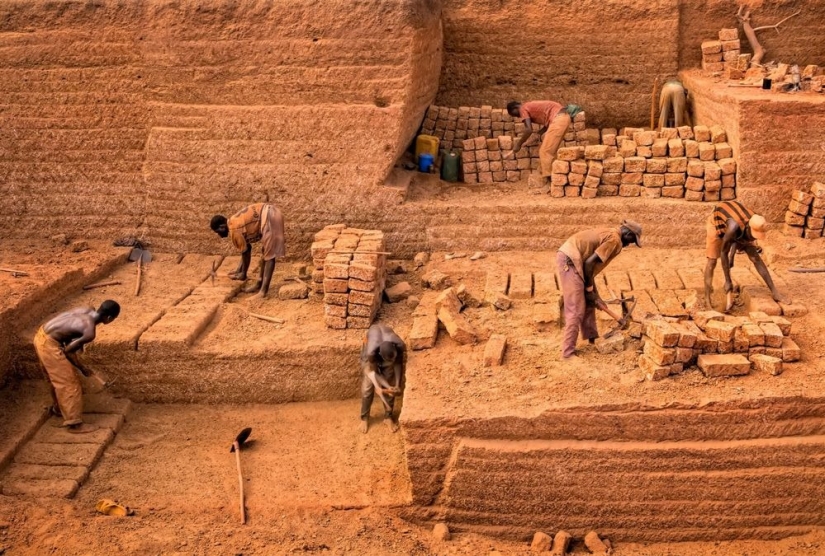
2. In Angkor Wat in Cambodia and elsewhere in Southeast Asia, you can find many buildings made of laterite.
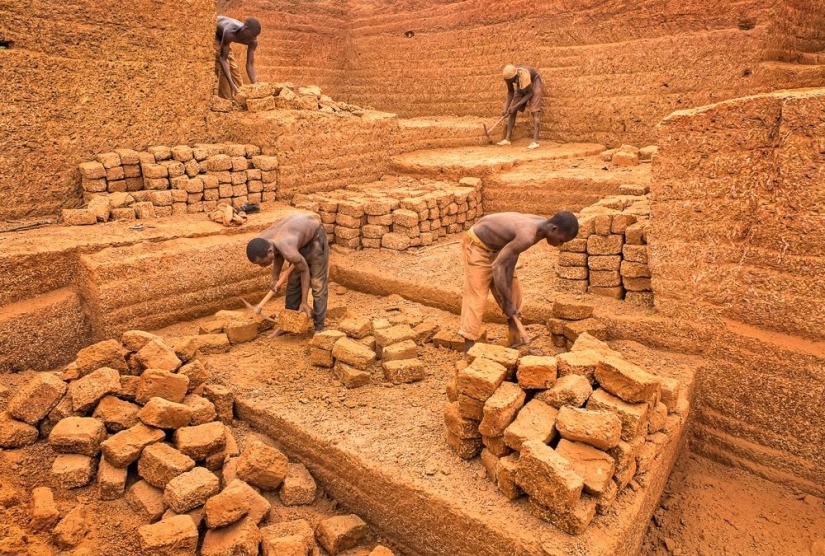
3. Laterite was also used for road construction.
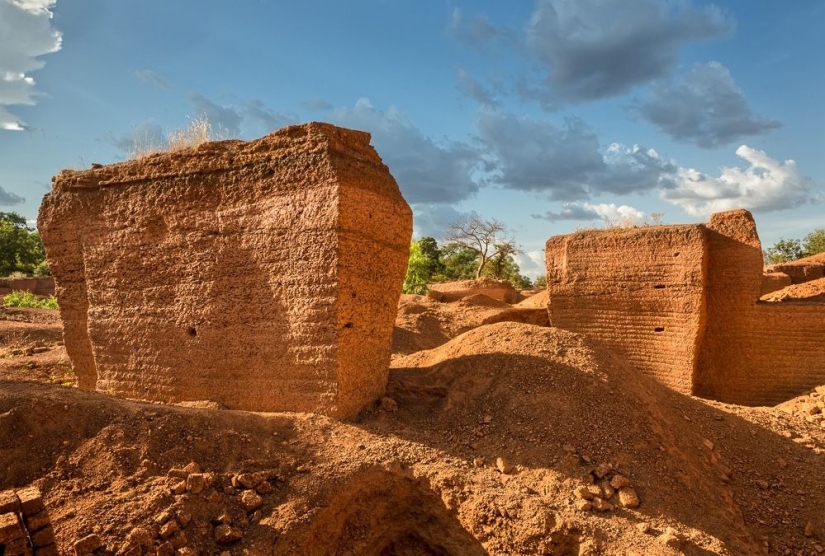
4. Wet laterite soil is easy to cultivate and can be cut even with a shovel.
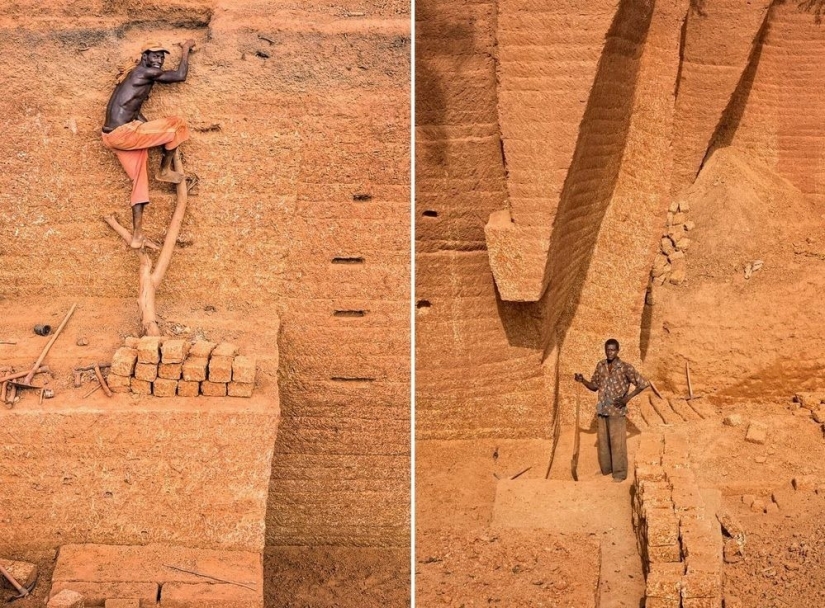
5. But when the brick dries, moisture evaporates from it and aluminum particles in laterite create a strong structure.
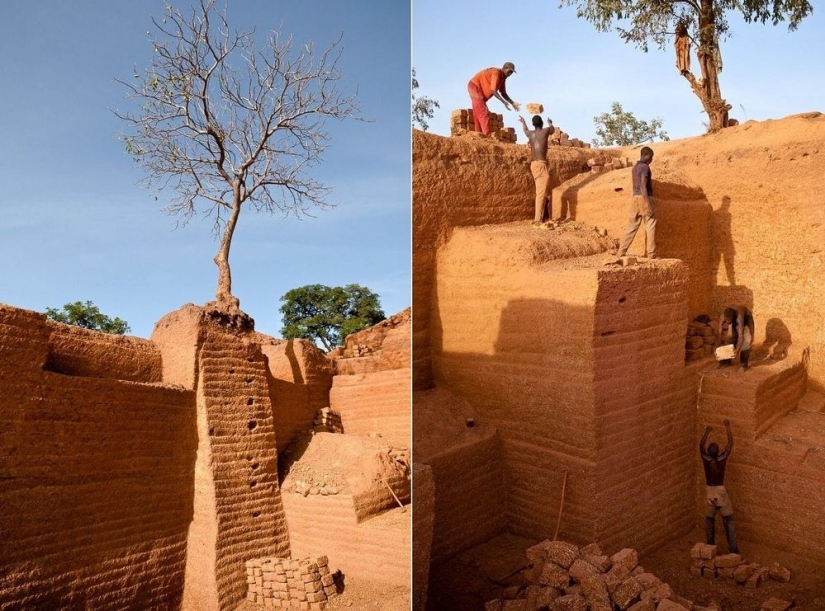
6. It is said that laterite was first used in India.
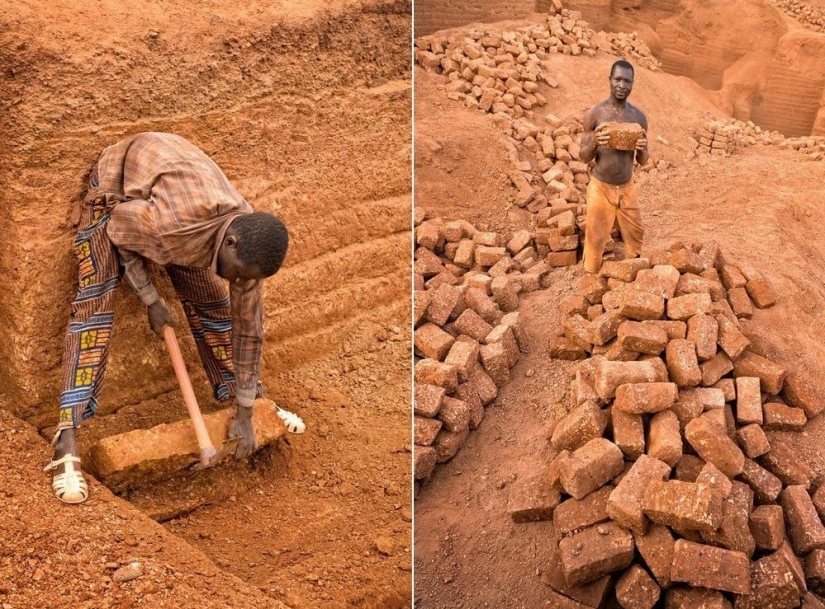
7. Indeed, the first mention of laterite was described by the Scottish geographer Francis Buchanan-Hamilton when he discovered laterite formations in southern India in 1807.
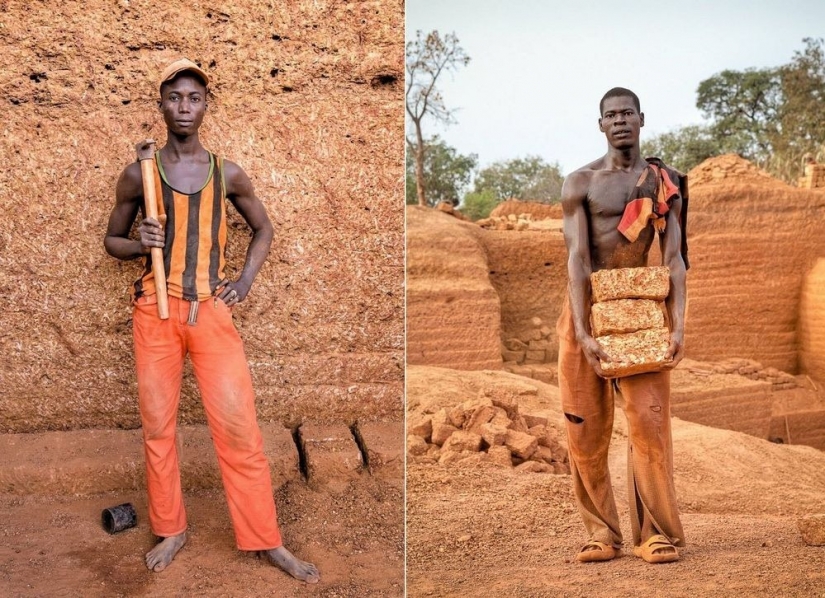
8. Laterite brick has been made in Karaba for over thirty years.
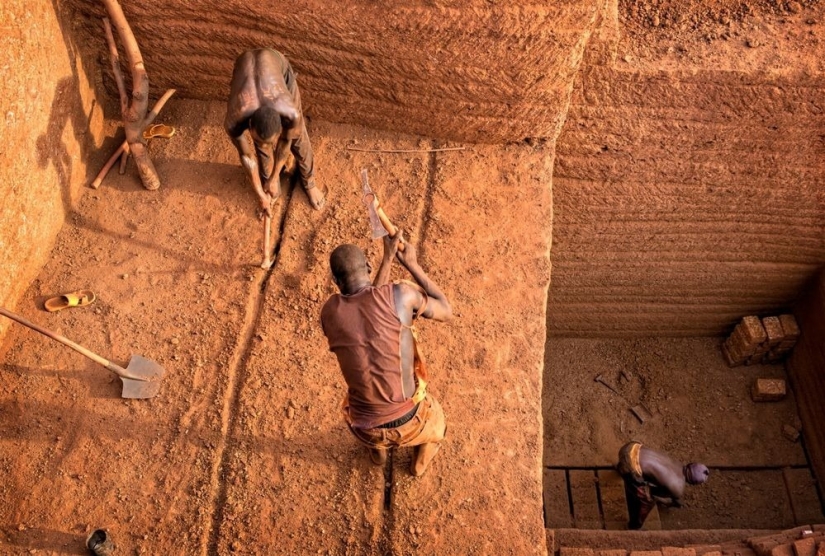
9. For its extraction, only picks and shovels are used, with which workers cut bricks from hard rock, and then sell them in nearby villages, where people use laterite to build houses and erect walls.
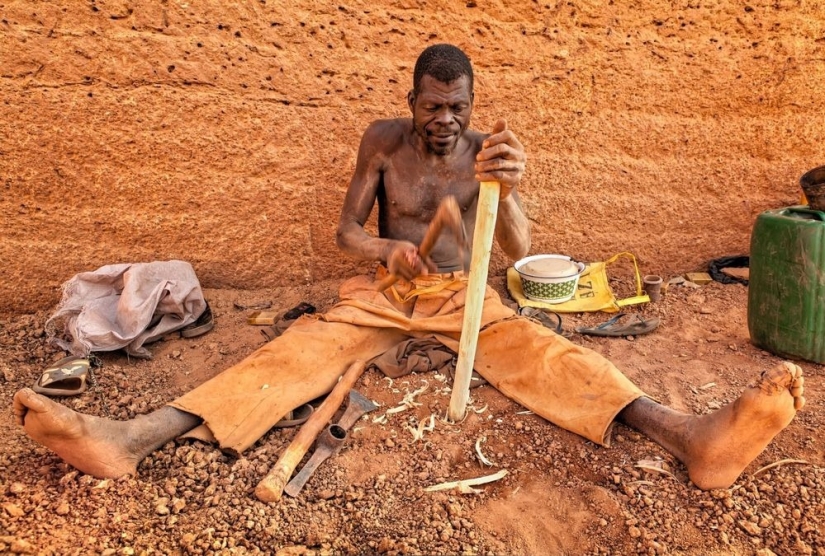
10. These amazing photographs were taken by American photographer David Pace.
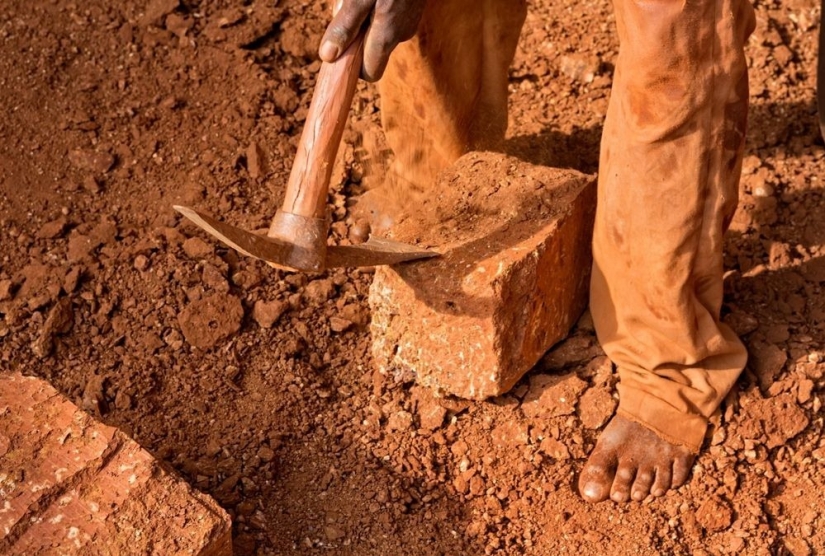
11. “I was captivated by this place, this laterite color, and these incredible people who work there,” says the photographer.
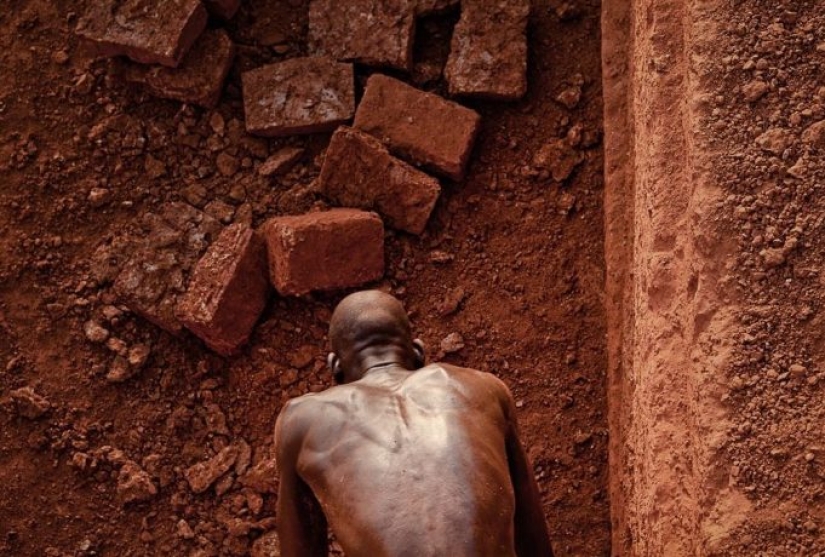
12. "The workers work in groups of three to five people, but each sells his own bricks, which he made himself."
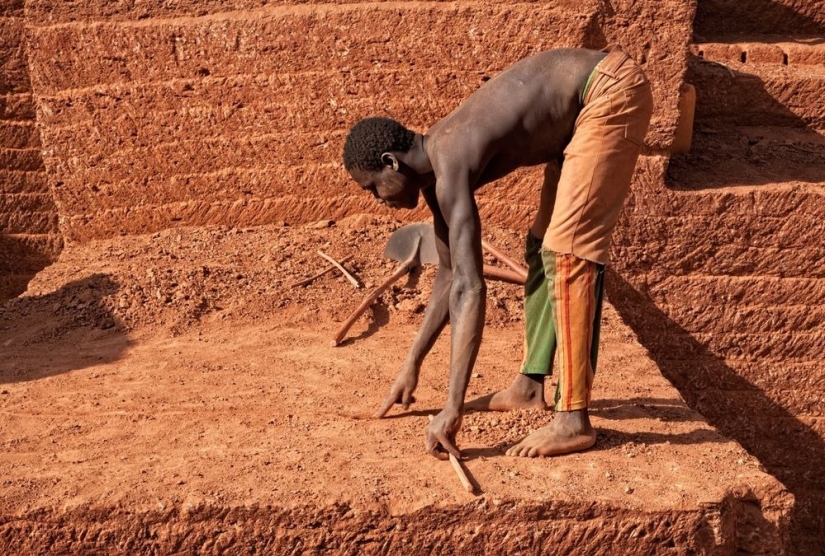
13. “Although it is incredibly hard work, workers can earn a decent living in the realities of Burkina Faso.”
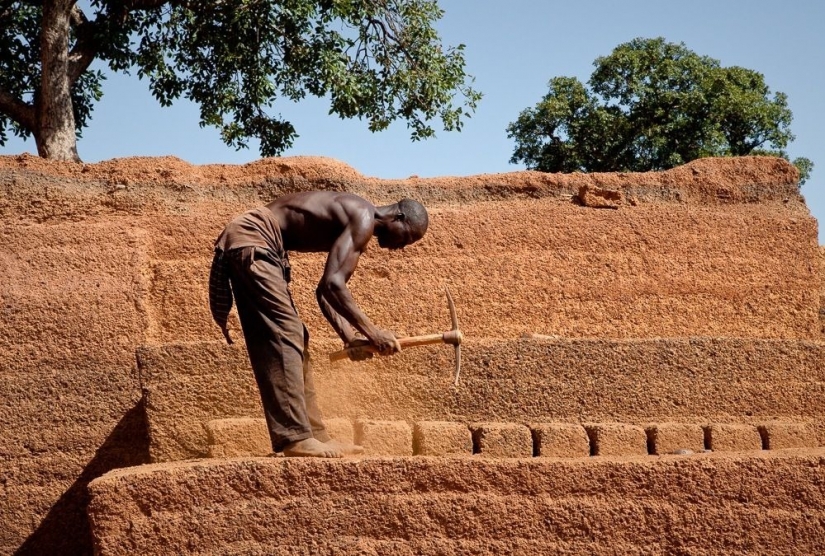
14. “Perhaps someday, maybe in a few years, the career will reach its limit and work will stop there. Now it is difficult to say where its limit is. "
Keywords: Country | World | Brick | Village | Africa | People | Nations | Hill | Iron | Material
Post News ArticleRecent articles

Curiosity may be dangerous, especially for cats, but judging by these hilarious photos, it has nothing to do with dogs. For the ...

In the color portraits of the 1870s, colored by the colorization expert Tom Marshall, children look at the lens too severely and ...
Related articles

Citrus fruits will not surprise us — many people add lemon to tea every day, and tangerines are bought not only for the New Year. ...

Many of us are familiar with the excitement that happens before an interview. You do not know what questions will be asked, ...

There are many places in the world where the foot of a curious tourist has not set foot. They arouse the interest and excite the ...

Leprosy is a dangerous and intractable disease that has accompanied humanity throughout its history. Today we know almost ...